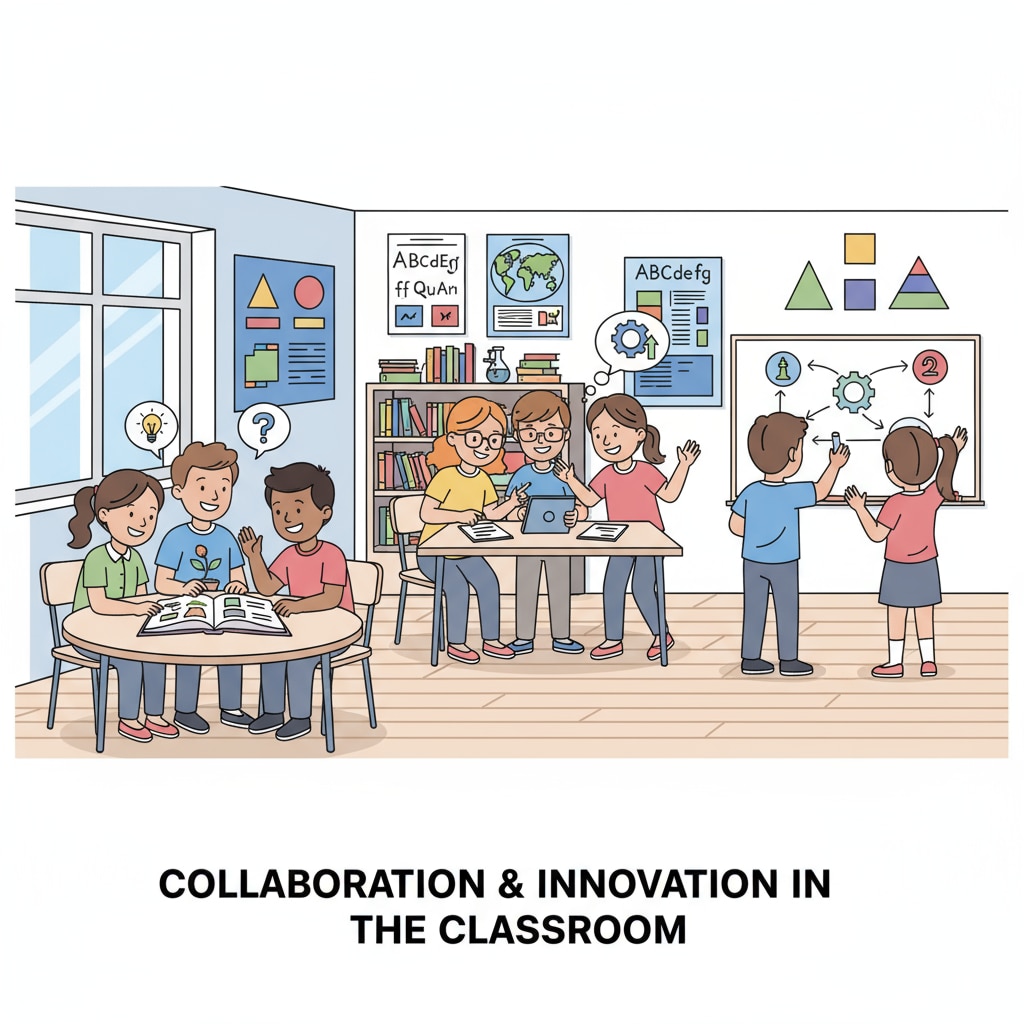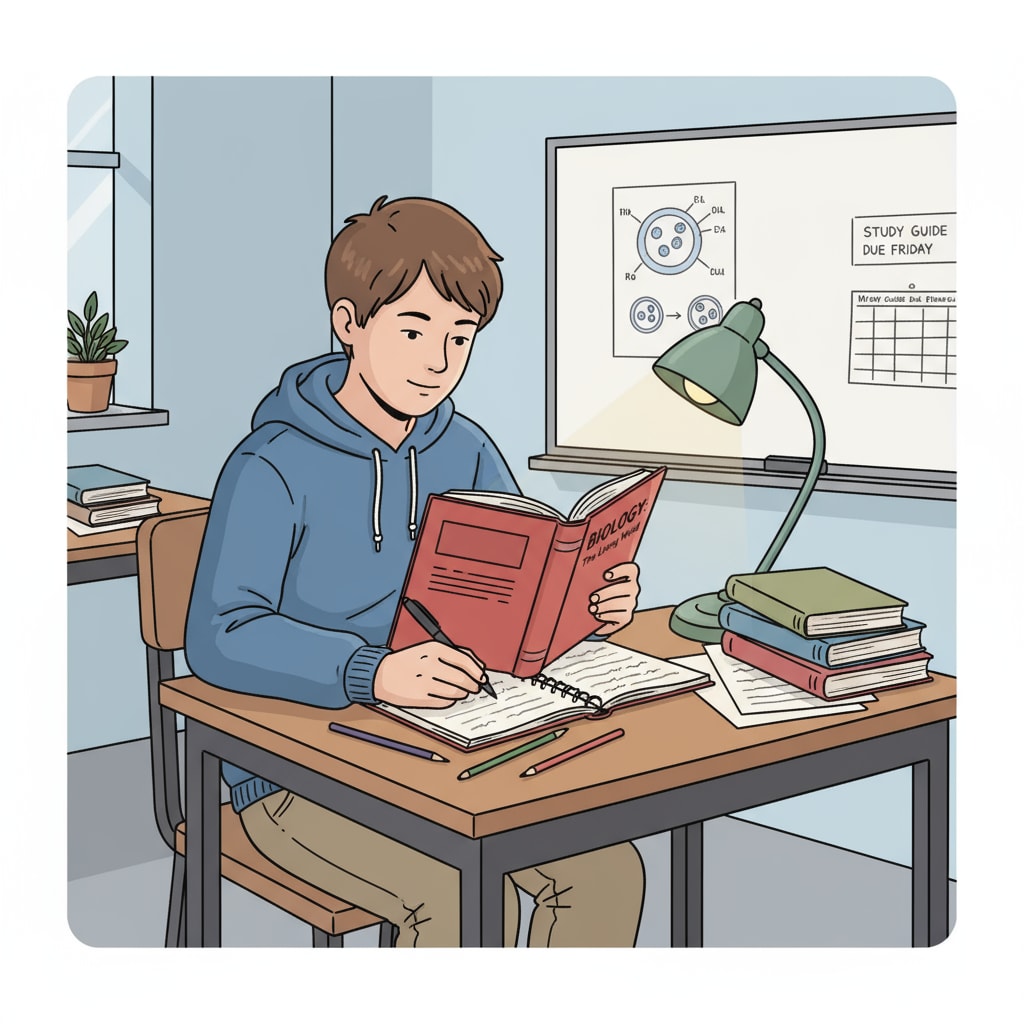In the realm of K12 education, the age-old debate of group learning, individual learning, and their respective learning effectiveness continues to captivate educators and researchers alike. As the educational landscape evolves, it’s essential to understand the unique benefits and challenges of each approach to create an optimal learning environment.

The Power of Group Learning
Group learning, also known as collaborative learning, involves students working together in teams to achieve a common goal. This approach fosters social interaction, communication skills, and the ability to think critically. When students engage in group discussions, they are exposed to diverse perspectives, which can expand their knowledge and understanding of a subject. For example, in a science project, students may share different ideas and research findings, leading to a more comprehensive understanding of the topic. Collaborative learning on Wikipedia

The Value of Individual Learning
On the other hand, individual learning allows students to focus on their own pace, interests, and learning style. It provides an opportunity for deep concentration and self-reflection. During individual study, students can explore topics in greater depth, ask questions at their own convenience, and develop independent thinking skills. For instance, a student interested in literature may spend hours analyzing a novel, forming their own interpretations. Self-education on Britannica
However, it’s important to note that neither group learning nor individual learning is inherently superior. The key lies in finding the right balance between the two. In some cases, a combination of both approaches may yield the best results. Educators can design lessons that incorporate both group activities and individual study time to meet the diverse needs of their students.
Readability guidance: Group learning and individual learning each have their own merits. By understanding these, educators can create a balanced learning environment. Short paragraphs and lists help summarize key points, and transitions like ‘however’ and ‘on the other hand’ keep the flow smooth.


